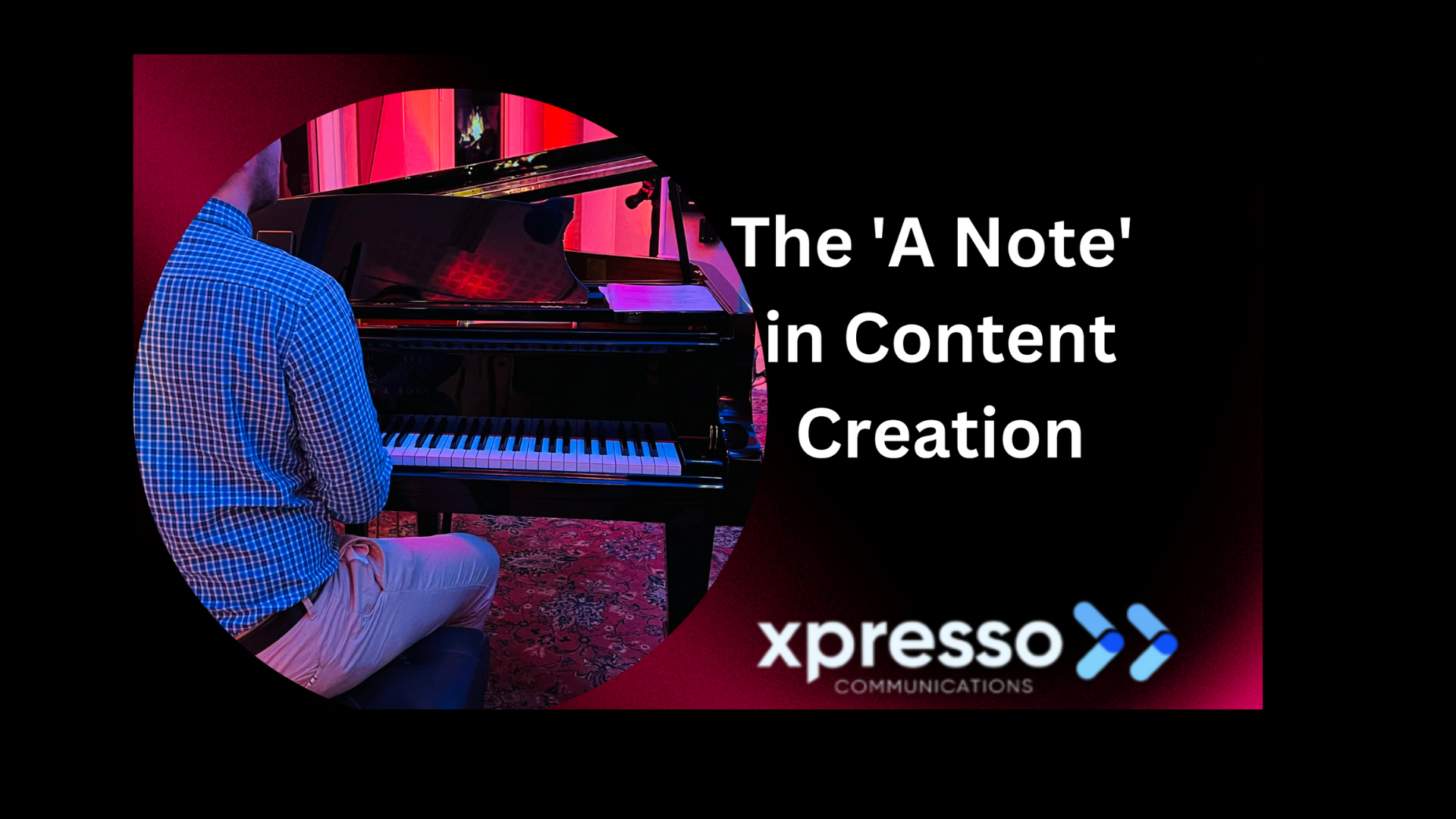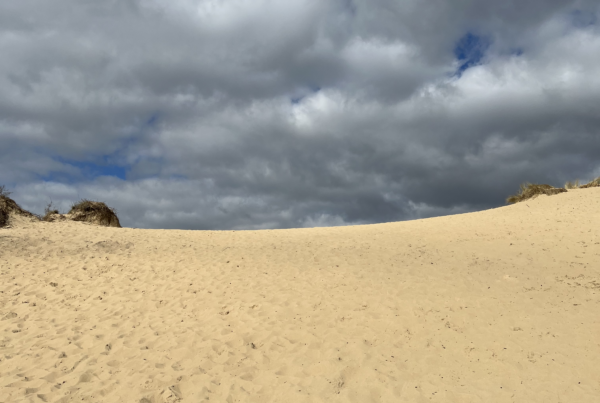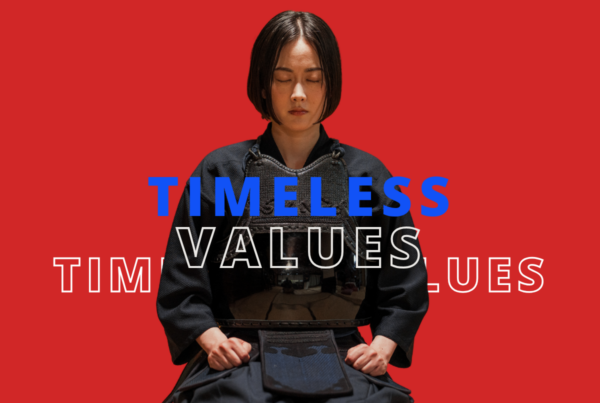The Crucial Role of the ‘A Note’ in AI Prompting for Content Generation
What is creativity to you?
What does it mean to create something? Or to be creative? Are they two different concepts? An act of creation brings into existence something which wasn’t previously there. But that act can be mechanical, mindless, unconsidered, and increasingly… automated. In 2020, before GenAI had even really taken off, it’s estimated that 40% of the 2.5 quintillion bytes of data generated daily were created by machines, with 34 million AI images generated every day. In 2025, that number is likely significantly higher.
But are those machine outputs acts of creativity? Or just creation?
What’s in an idea?
Much of the argument turns on how we define creativity. Is it the initial spark and vision, or the toil and action of formation? Slavish copying of a Monet painting might take hours of work and an exceptionally skilled hand, but it lacks that creative spark at its core. Similarly, an architect may have a vision of a sweeping skyscraper, but the labour and craftsmanship that brings it into existence is the work of many.
Have either the reproduction artist or the architect fallen short of ‘creativity’ simply because their contribution was more of one than the other? The debate about the relative importance of these elements in the world of art has raged for centuries, but becomes all the more pertinent in a world of AI assistance.
Not so binary
In reality, the idea of ‘spark of the mind’ versus ‘sweat of the brow’ is something of a false dichotomy. That initial ‘spark’ – the motivating force and the conception of the idea – is not always some explosive magical force bringing an idea from darkness. Instead, the process of ‘ideation’ – the forming of that initial guiding idea – can be an act of sustained effort, concentration, will and intent.
As George Bernard Shaw wisely put it: “Imagination is the beginning of creation. You imagine what you desire, you will what you imagine, and at last, you create what you will.”
Theorists across time have worked to develop methods to turn that will to create into a meaningful idea that can be pursued into a full act of creativity. Edward de Bono, a pioneer in creative thinking, proposed two powerful methods to think beyond conventional boundaries:
- Random Entry: the process of selecting a random idea or concept and exploring its potential applications. By making unexpected connections, fresh perspectives and novel solutions emerge.
- Six Thinking Hats: a structured approach that encourages considering a problem from different angles: logical, emotional, creative, and more. This method fosters a richer, more diverse ideation process.
These ‘ideation techniques’ are just some of many strategies that can be used to germinate new ideas and explore their full potential. They leverage concepts being explored in recent research, which suggests that “unlike motor function or vision, [creativity is] not dependent on one specific location in the brain… There’s not a creativity cortex.” But there are suggestions that creativity is a specific brain function, triggered at times when the brain is in ‘DFN’ (default mode network) – absent of specific tasks and just ‘ticking over’ without a specific goal: something that “operates all the time and maintains our spontaneous stream of consciousness.” says co-author Ben Shofty.
The ideation techniques above work to harness that continuous and spontaneous thinking and turn it into a concrete act of creativity. In effect, they set the ‘base’ from which creativity emerges. In Italian, we say “dare il La”—which means ‘to give the A note’: setting the tone – the note from which all instruments are tuned – before a musical performance.
And like a musical performance, that note needs to be set by a competent conductor.
Composing creativity
At Xpresso Communications, we specialise in exactly this: setting the base from which individuals and companies can explore the latent creativity that is sometimes trapped within their organisation, shaping topical ideas and uncovering compelling narratives within thought-provoking themes. We help organisations to find what it is that they want to say, and then say it – compellingly, in a structured and impactful piece.
It’s like composing a symphony: a single note, ‘La,’ is just the beginning. What follows is an orchestration of ideas, themes, and messages that come together to form a harmonious and compelling communication piece. A mere word may seem insignificant, but in the hands of a skilled writer, it transforms into a masterpiece.
The implications for AI
All of this has significant implications for the use of AI. Whilst in many ways AI has democratised the ability to express creativity, there are also many ways in which it is constraining it. AI ‘follows the path of least resistance’ – it places the most likely phrases together. It generates words, but it really only replicates ideas – and the most common ones at that. It becomes a cliché generating machine that adds to growing world of ‘AI-driven drivel’.
Firms seeking to make use of AI for their marketing are really only tackling half the problem – AI plays the instruments for them, but nobody has tuned them. AI can work well if it is prompted well, but prompting well requires that the user is able to see their idea in the first place – to generate, shape and articulate it.
Unfortunately, for some organisations, this simply isn’t their strength. The ideas are there, but they’re ‘locked in’. In technology-orientated firms particularly, there can be a tendency to prioritise other cognitive processes, placing creative thinking in the background. Firms like this haven’t yet developed the internal skills to ‘set the base’ or ‘give the A note’ – to create a mindset, environment and framework from which greater creativity can spring.
Unlocking Your Creative Potential with Xpresso
At Xpresso Communications, it’s exactly this that we provide for technology companies. We recognise that creativity is a process – a collaborative one – one that uses synergy to unlock ideas together, and merge them with avid research, original thinking, and the art of content writing. Our role is to shape your vision into a gripping narrative, leveraging unlimited ideation processes while maintaining the human spark that turns good content into great content.
Whether you’re looking to uncover latent creative potential, refine your brand messaging, or develop impactful communication strategies, we help you craft unique content that resonates across diverse audiences.
Let’s create something extraordinary together… starting with your ‘La’.






